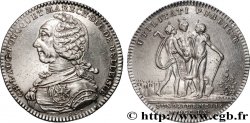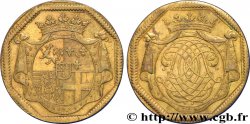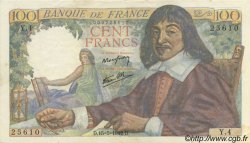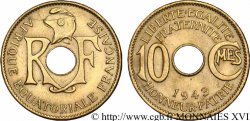Назад 1/1
fjt_1015303 - BRETAGNE (NOBLESSE DE...) MEREAU RELIGIEUX DE BRETAGNE 1720
150.00 €
Количество
Добавить в корзину

Тип MEREAU RELIGIEUX DE BRETAGNE
Дата: 1720
Металл: silver
Диаметр: 23,5 mm
Ориентация осей монеты: 12 h.
Вес: 4,58 g.
Век: lisse
Пуансон: sans poinçon
Редкость: R2
Комментарии о состоянии
Belle patine grise hétérogène, présentant quelques points d’oxydation. Aspect légèrement irisée
Ссылки в каталоге: :
Лицевая сторона
Аверс: легенда: EX AUGUSTIIS GLORIA SUR LA BANDEROLLE.
Аверс: описание: Croix ancrée et renversée sur un écu semé d’hermines, posé sur un manteau, au-dessus une colombe à gauche.
Обратная сторона
Реверс: легенда: HANC ETIAM MAUCENAS ASPICE PARTEM PORRO HOC EST NECESSARIUM 1720.
Реверс: Описание: En six lignes au-dessous une hermine.
Реверс: перевод: Tourne tes regards, Mécène, de ce côté.
Комментарий
Feuardent classe ce jeton comme méreau religieux de Bretagne, sans plus de précision. Pour lui, la version en cuivre est d’époque la frappe en argent une refrappe postérieure. Ceci semble bizarre car la date très tardive du méreau pourrait laisser penser que la frappe a eu lieu en argent. En 1720, un jeton était soit utilitaire et en cuivre, personne ne pouvant penser ultérieurement en faire une refrappe, soit en argent, surtout pour un faible diamètre.
La formule du revers provient des Géorgiques de Virgile (4e, vers 2) et la référence à Mécène est étrange pour un jeton religieux.
Feuardent classifies this token as a religious token from Brittany, without further details. For him, the copper version is from the period of the silver strike, a later re-strike. This seems odd because the very late date of the token could suggest that the strike took place in silver. In 1720, a token was either utilitarian and made of copper, no one could think of re-strike it later, or in silver, especially for a small diameter. The formula on the reverse comes from Virgil's Georgics (4th, verse 2) and the reference to Maecenas is strange for a religious token
La formule du revers provient des Géorgiques de Virgile (4e, vers 2) et la référence à Mécène est étrange pour un jeton religieux.
Feuardent classifies this token as a religious token from Brittany, without further details. For him, the copper version is from the period of the silver strike, a later re-strike. This seems odd because the very late date of the token could suggest that the strike took place in silver. In 1720, a token was either utilitarian and made of copper, no one could think of re-strike it later, or in silver, especially for a small diameter. The formula on the reverse comes from Virgil's Georgics (4th, verse 2) and the reference to Maecenas is strange for a religious token








 Cообщить об ошибке
Cообщить об ошибке Распечатать страницу
Распечатать страницу Отправить мой выбор
Отправить мой выбор Задать вопрос
Задать вопрос Consign / sell
Consign / sell
 Информация
Информация















